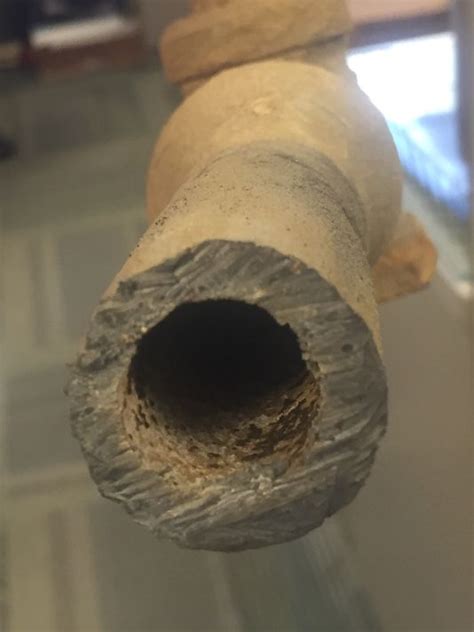The U.S. Environmental Protection Agency (USEPA) will begin refining a new regulation to better protect communities from exposure to lead in drinking water. USEPA announced its intention to collaboratively work with local, State, and Federal partners to make rapid progress on the goal of removing 100% of lead service lines, with a focus on prioritizing communities disproportionately impacted by lead contamination.
Following the USEPA’s review of the Lead and Copper Rule Revisions (LCRR) under Executive Order 13990, the USEPA has concluded that there are significant opportunities to improve the LCRR to support the overarching goal of proactively removing lead service lines and more equitably protecting public health. USEPA is announcing a two-prong approach to strengthen this regulatory framework.
- The LCRR went into effect in mid-December to advance critical lead service line inventories that are necessary to achieve 100% removal of lead service lines. The USEPA says it plans to issue guidance—including best practices, case studies, and templates to help develop lead service line inventories—to assist its partners in implementation of the LCRR.
- USEPA will also develop a new proposed rule, the Lead and Copper Rule Improvements (LCRI),to strengthen the regulatory framework. USEPA intends to propose requirements that, along with other actions, would result in the replacement of all lead service lines as quickly as is feasible. USEPA also intends to consider opportunities to strengthen tap sampling requirements and explore options to reduce the complexity and confusion associated with the action level and trigger level, with a focus on reducing health risks in more communities. The USEPA says the goal of these potential lead service line replacement regulatory improvements—coupled with non-regulatory actions—is to more equitably protect public health.
Additionally, USEPA will allocate $2.9 billion in Bipartisan Infrastructure Law funding to States, Tribes, and territories to remove lead service lines. It is the first of five allotments that will provide $15 billion in dedicated funding for lead serve line replacements. In addition to the dedicated investment in lead service line replacement, the Bipartisan Infrastructure Law provides an additional $11.7 billion in general funding through the Drinking Water State Revolving Fund, which can also be utilized for lead removal projects.
For more information on USEPA’s LCRR, visit the USEPA website.

